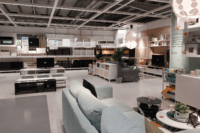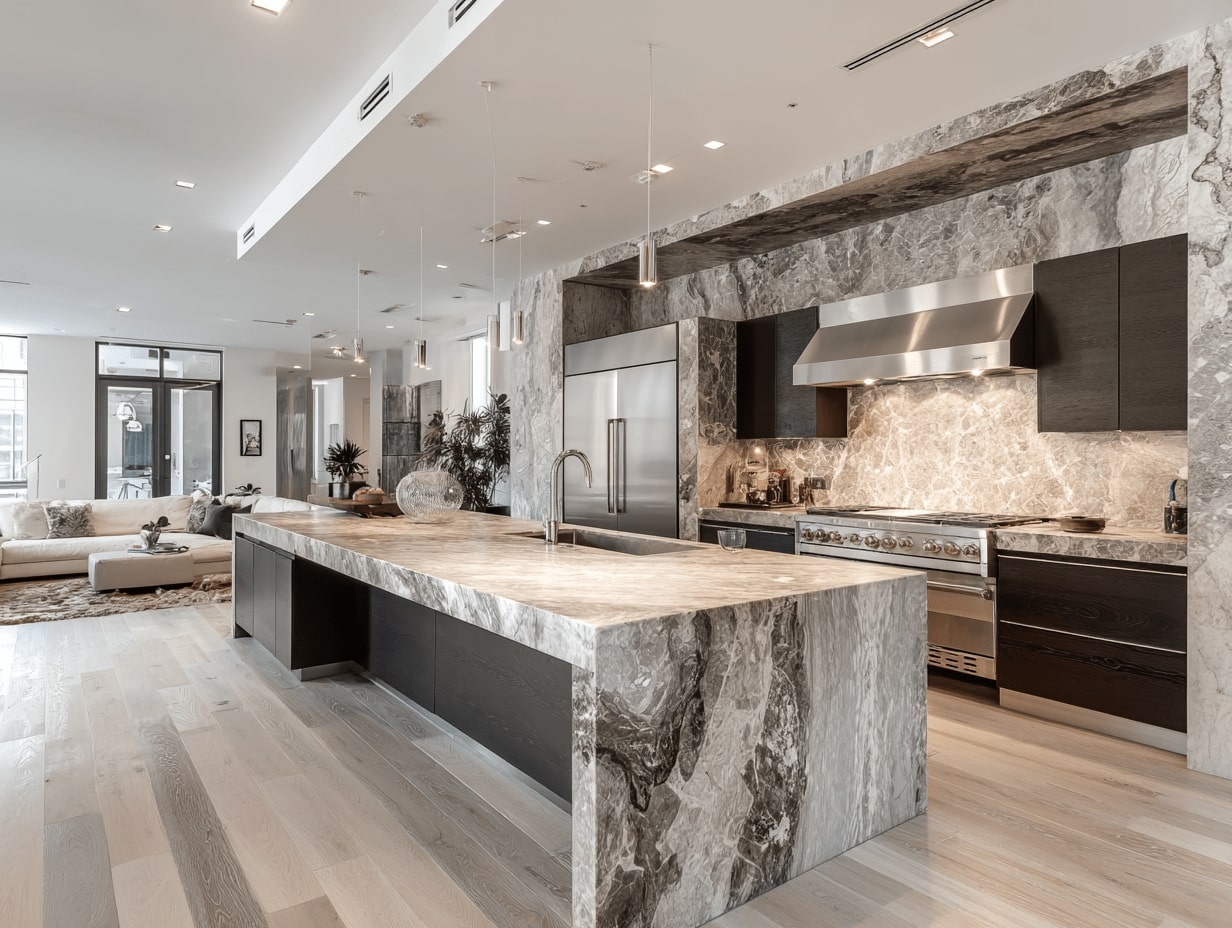- Home
- Articles
- Architectural Portfolio
- Architectral Presentation
- Inspirational Stories
- Architecture News
- Visualization
- BIM Industry
- Facade Design
- Parametric Design
- Career
- Landscape Architecture
- Construction
- Artificial Intelligence
- Sketching
- Design Softwares
- Diagrams
- Writing
- Architectural Tips
- Sustainability
- Courses
- Concept
- Technology
- History & Heritage
- Future of Architecture
- Guides & How-To
- Art & Culture
- Projects
- Interior Design
- Competitions
- Jobs
- Store
- Tools
- More
- Home
- Articles
- Architectural Portfolio
- Architectral Presentation
- Inspirational Stories
- Architecture News
- Visualization
- BIM Industry
- Facade Design
- Parametric Design
- Career
- Landscape Architecture
- Construction
- Artificial Intelligence
- Sketching
- Design Softwares
- Diagrams
- Writing
- Architectural Tips
- Sustainability
- Courses
- Concept
- Technology
- History & Heritage
- Future of Architecture
- Guides & How-To
- Art & Culture
- Projects
- Interior Design
- Competitions
- Jobs
- Store
- Tools
- More
Key Secrets to Find Successful Interior Architecture Concepts
Explore essential strategies to find your interior architecture concept in our profound article. Learn how to optimize layout, pick color schemes, and select versatile materials.

Finding the perfect interior architecture concept can seem like a daunting task. But don’t worry, we’re here to guide you through it. With our years of experience, we’ve discovered the best strategies to help you uncover the right concept for your space.
Understanding your personal style and the functionality you need is the first step. Whether you’re drawn to modern minimalism or prefer a more traditional approach, we’ll help you navigate the sea of design options.
Remember, it’s not just about aesthetics. The right interior architecture concept blends form and function seamlessly. It’s about creating a space that’s not only visually appealing but also serves your unique needs. Stay tuned as we delve deeper into this fascinating topic.

Table of Contents
ToggleAssess Your Personal Style
Delving deep into your personal style is an essential step in the process of finding the perfect interior architecture concept. You see, within each of us, lies an innate palette of preferences and tastes that oozes out in every position we take. This inherent style is an amalgamation of our experiences, influences, and emotional connections. The trick is figuring out how to interpret that style in a physical realm with balance, subtlety, and originality.
To help us do that, we’ve compiled some thoughtful exploratory steps:
- Reflection: Consider what sort of environments make you feel the most comfortable and the aesthetic aspects you’re drawn towards. Engage in a discourse with yourself about what you truly want. That’s critical!
- Absorption: Our surroundings often influence our sense of style. Consume as much design-related content as possible. Notice how different styles make you feel and keep an eye out for the common threads that connect what you love.
- Transcription: Create a mood board: collect images, color palettes, textures, patterns, and even words to represent your personal style. This visual representation doesn’t need to be a literal translation of your space but a tool to evoke abstract ideas and feelings. Meanwhile, it’s also a medium to identify the principle attributes of your preferred style.
Remember, your personal style isn’t set in stone. It’s dynamic, evolving with time, and being influenced by numerous factors. So rather than aiming for a fixed style, we should strive for adaptable design solutions that can accommodate these shifts. Interior architecture isn’t just about aesthetics—it’s about creating a space that feels authentically yours. It’s about molding our environment, so it resonates with our mind and spirit, becoming an extension of ourselves.
We’ll continue to explore this intricate relationship between us and our surroundings in the upcoming sections: understanding how to assess functionality requirements and learning to blend them with form for a seamless result. Let’s delve further into the dynamic world of interior architecture design concepts.

Define Functional Requirements
Moving forward, let’s dive into another crucial aspect: functional requirements. Prioritizing functionality isn’t merely about adorning the space with visually pleasing elements. It’s about creating an environment that efficiently meets our daily needs.
When we’re speaking in terms of interior architecture, functional requirements translate into the bare necessities of a space. This could involve the number of rooms needed, their allocation (home office, bedrooms, garage, etc.), storage considerations, lighting essentials, and so forth. The list is extensive and varies based on one’s lifestyle and preferences.
A good way to understand what functional requirements truly stand for is by aiming to create a symbiotic relationship between our lifestyle and living space. For example, if we’re avid readers, our space must feature a quiet nook with comfortable seating and a well-lit area for those late-night reading marathons. Or perhaps, if we have a bustling household with many family members, an open space concept with multifunctional furniture might be just the thing we need.
Remember, functionality and style aren’t mutually exclusive in design. It’s possible, and indeed necessary, to beautifully mold our functional requirements into architectural elements that sync with our personal style. The choice of materials, the play of light and shadows, molding space distribution – all of these can contribute to creating not just a house, but our perfect home.
Approaching interior architecture design with a clear understanding of our functional requirements helps in refining the design concept to suit our needs. It connects us with the space on a deeper level and ensures the design serves us, rather than the other way around.
From defining functionality, we transit smoothly into another crucial aspect of interior architecture- the seamless blending of form. Using functionality as the baseline to influence form can result in a space that resonates with our personality while satiating our practical requirements.
And there you have it – a primer on functional requirements. Simultaneously, this positions us beautifully for the next step—nailing that perfect blend of function and form in our interiors. So, let’s get ready to bring our ideas to life and make our space uniquely our own.

Explore Design Options
After determining functional needs for each space in our home, it’s time to explore and enrich our design concepts by looking at the world of interior architecture. This stage opens doors to numerous design possibilities that not only cater to our practical needs but also spark joy and elevates the style quotient of our home.
Emerging interior design trends offer a variety of options. For those who prefer a classic touch, traditional designs might hit the sweet spot. Adventurous souls may want to experiment with contemporary or minimalist styles. Every style has its unique charm and reflects different aspects of our personality.
The exploration doesn’t stop at styles alone. Materials, colors, and textures also play an influential role in shaping our interior design concept. Stone, wood, metal, fabric, or even unconventional materials like recycled items can bring unexpected flair to our living space. The choices for colors and textures are limitless, offering an exciting palette to work with. It’s all about manifesting our personalities through these essential design elements.
But how do we choose among the plethora of options? To start, we must keep our functional requirements in mind. If we need a quiet reading nook, we might opt for subdued, warm tones to induce calm. If it’s a busy household full of kids and pets, durable materials and vibrant colors may be more suitable.
Additionally, we should consider what resonates with our personality. Maybe we value elegance and sophistication. Perhaps we are drawn to vibrant, colorful spaces that stimulate creativity and emphasize positivity. Regardless, exploring design options allows us to envision and create spaces that are not just functional but also a perfect fit for who we are.
Coupling function with design isn’t a rigid process. It’s versatile, adaptive and should be enjoyable. While we explore, remember to retain a sense of curiosity, retain flexibility and be open to change. Who knows where our design journey might lead us next? After all, the key to masterful interior architecture lies in the unity of function and aesthetics. With a good grasp on exploring design options, we’re well equipped to continue our voyage through the enticing world of interior architecture.

Blend Form and Function
In the vast realm of interior architecture, one principle stands tall – the seamless blending of form and function. This doesn’t merely mean weaving together beauty and practicality. It’s about interweaving these two different threads into a coherent whole. This approach enhances the aesthetic and functional aspects of the home simultaneously – creating an authentic reflection of individual preferences and lifestyles.
So, how do we marry form and function in interior design? It starts with the subtle acknowledgment that design isn’t a rigid process. We need to maintain an adaptable mindset, always open to tweak and modify design blueprints to enhance both aesthetic and functional elements.
Let’s delve into specific strategies starting with the layout. The layout should effectively use space, reflecting practical needs, and accommodating activities – be it a cozy reading nook, an efficient home office, or a lively entertainment area.

Next, let’s explore color. Colors play a significant role in setting the ambiance. They can either energize or bring calmness to space. It’s important to choose colors that match the function of the room while still upholding aesthetic appeal.
Interestingly, materials also play a pivotal role in blending form and function. Gone are the days when materials were chosen solely for their visual appeal. Now, materials that also boast durability, easiness for cleaning, and the ability to insulate sound, are preferred choices.
Styles differ greatly among individuals. Some prefer a minimalist approach for its clean lines and simplicity, whereas others lean towards a more bohemian style. In blending form and function, one’s preferred style should give a nod to their personality while addressing practical requirements.
Ultimately, mastering the art of blending form and function is a balancing act in the field of interior architecture. We must harmonize aesthetic appeal with functionality, resulting in comprehensive, resilient, and pleasing designs that fulfill wants and needs.
Conclusion
We’ve journeyed through the essentials of finding an interior architecture concept. Our exploration has taken us from the importance of blending form and function, to the strategic choices in layout, color, and materials. We’ve underlined the significance of personal style in shaping a design that’s both visually appealing and functional. Remember, it’s not just about creating a beautiful space, it’s about creating a space that works for you. Armed with these insights, we’re confident you’ll find the perfect balance between aesthetic and practicality in your next interior architecture project. Your personal touch is the final ingredient to a design that’s resilient, pleasing, and uniquely yours.
Submit your architectural projects
Follow these steps for submission your project. Submission FormLatest Posts
How Open Kitchens Create a Sense of Space Indoors (Without Sacrificing Function)
Open kitchens: see how sightlines, lighting, and smart layouts make rooms feel...
The Revival of Chunky Fiber Crafts in Modern Interior Design
Contemporary interior architecture has shifted away from hard minimalism. After a decade...
What Have Been the Biggest Interior Design Trends of 2025 – And Are They Here to Stay?
Differentiating between timeless and fleeting designs? This talent is what separates great...
Minimalist Luxury Interior Design for Modern Dubai Homes
Minimalist luxury is quickly becoming the signature look in many Dubai homes...












Leave a comment